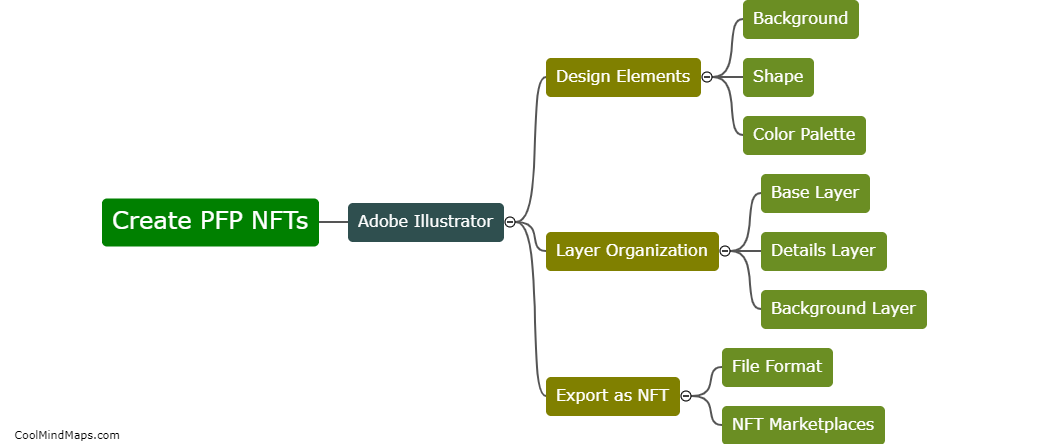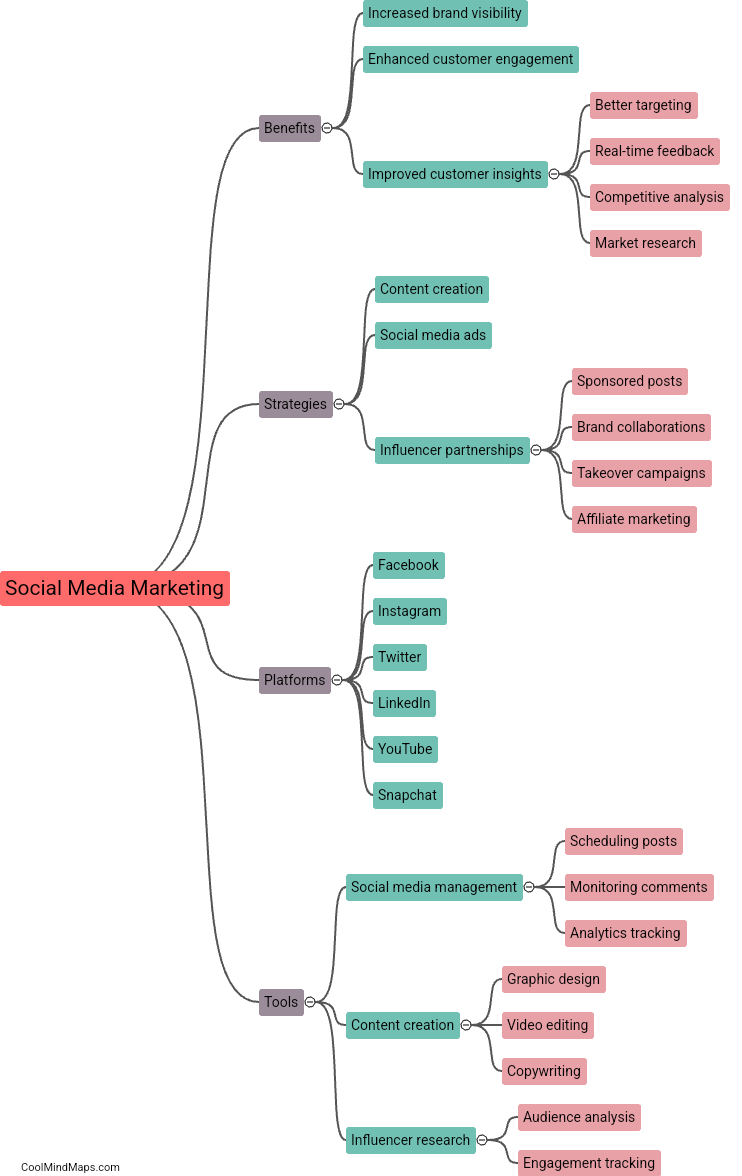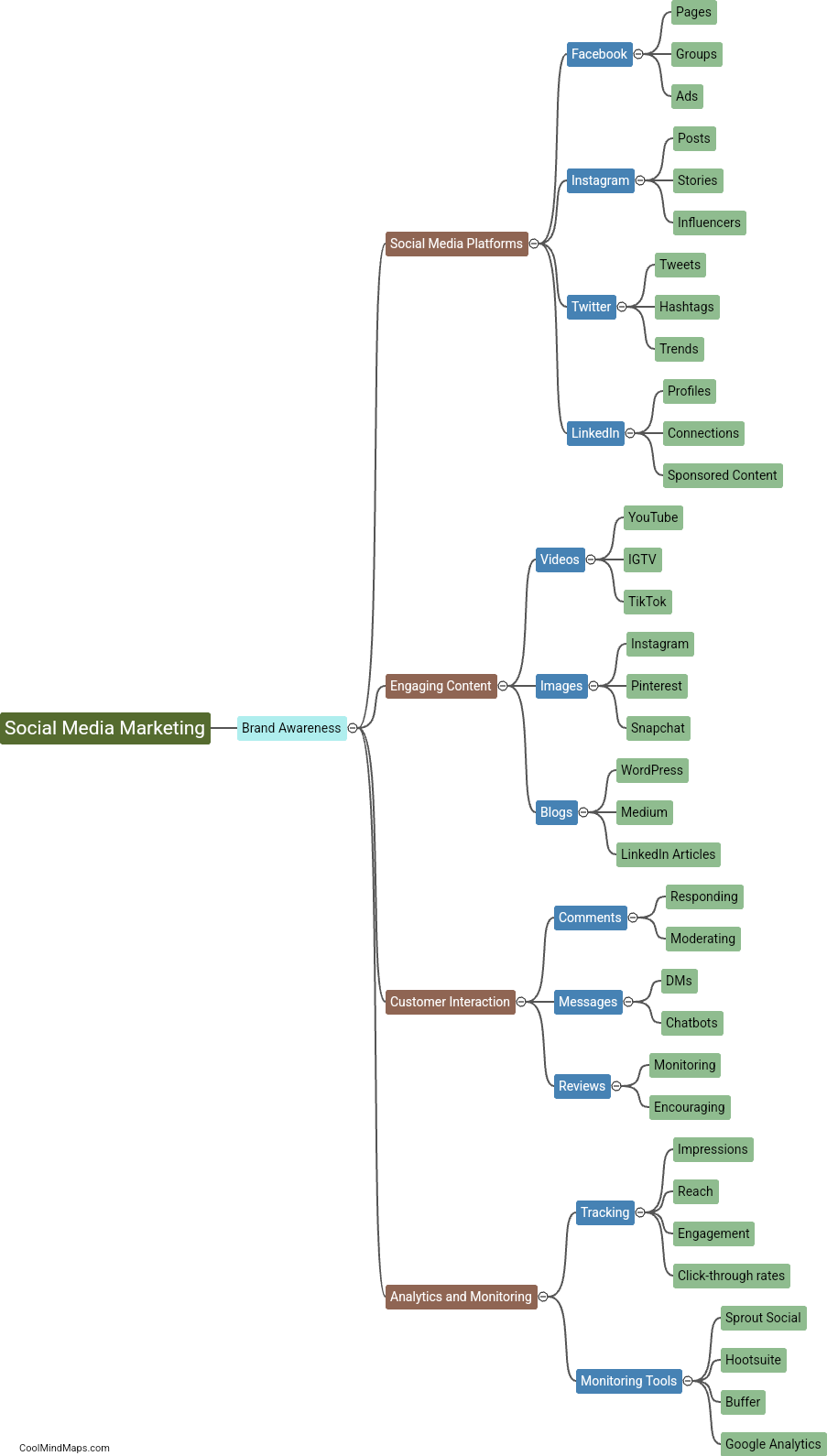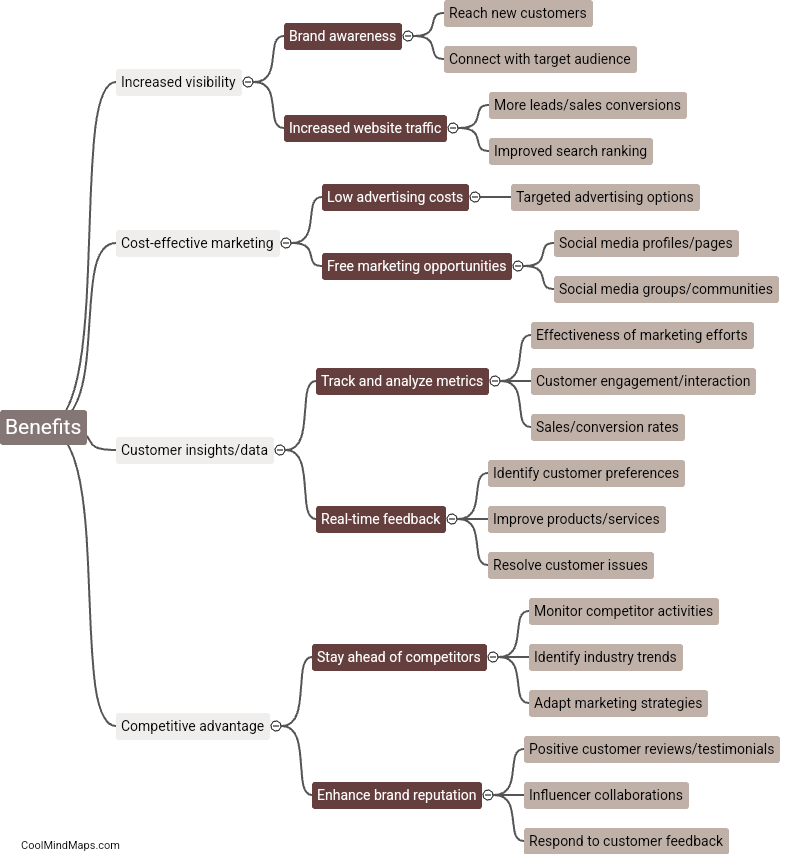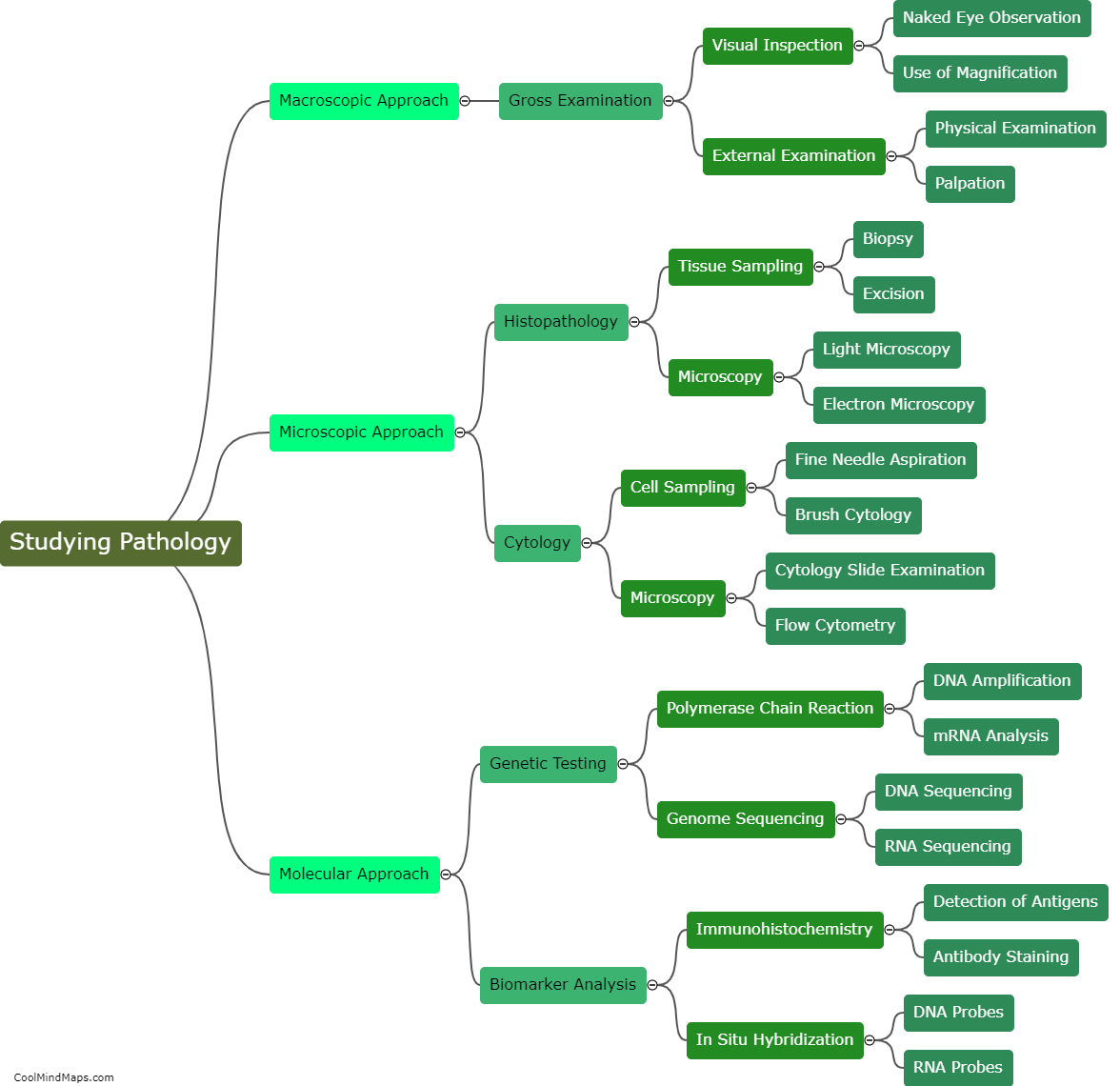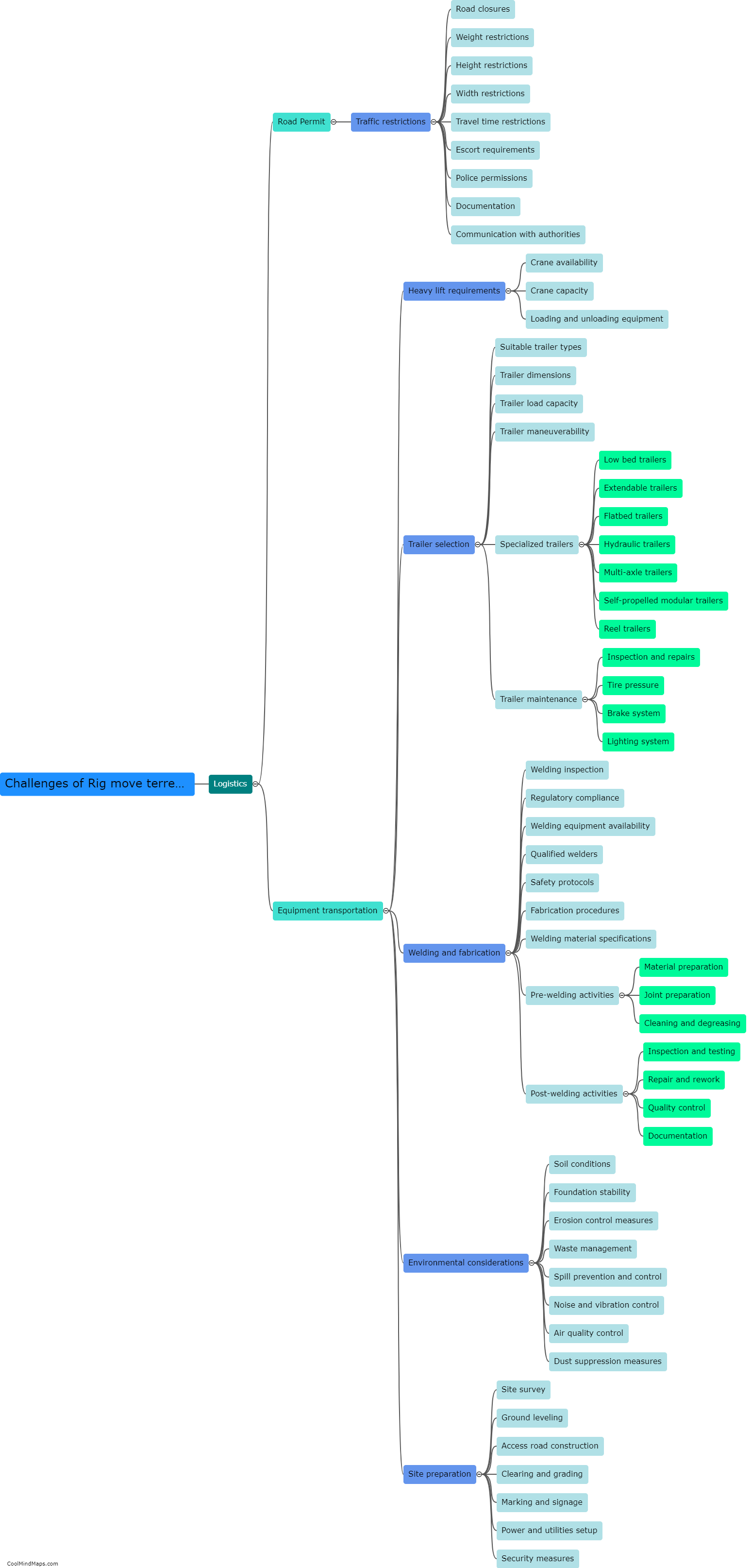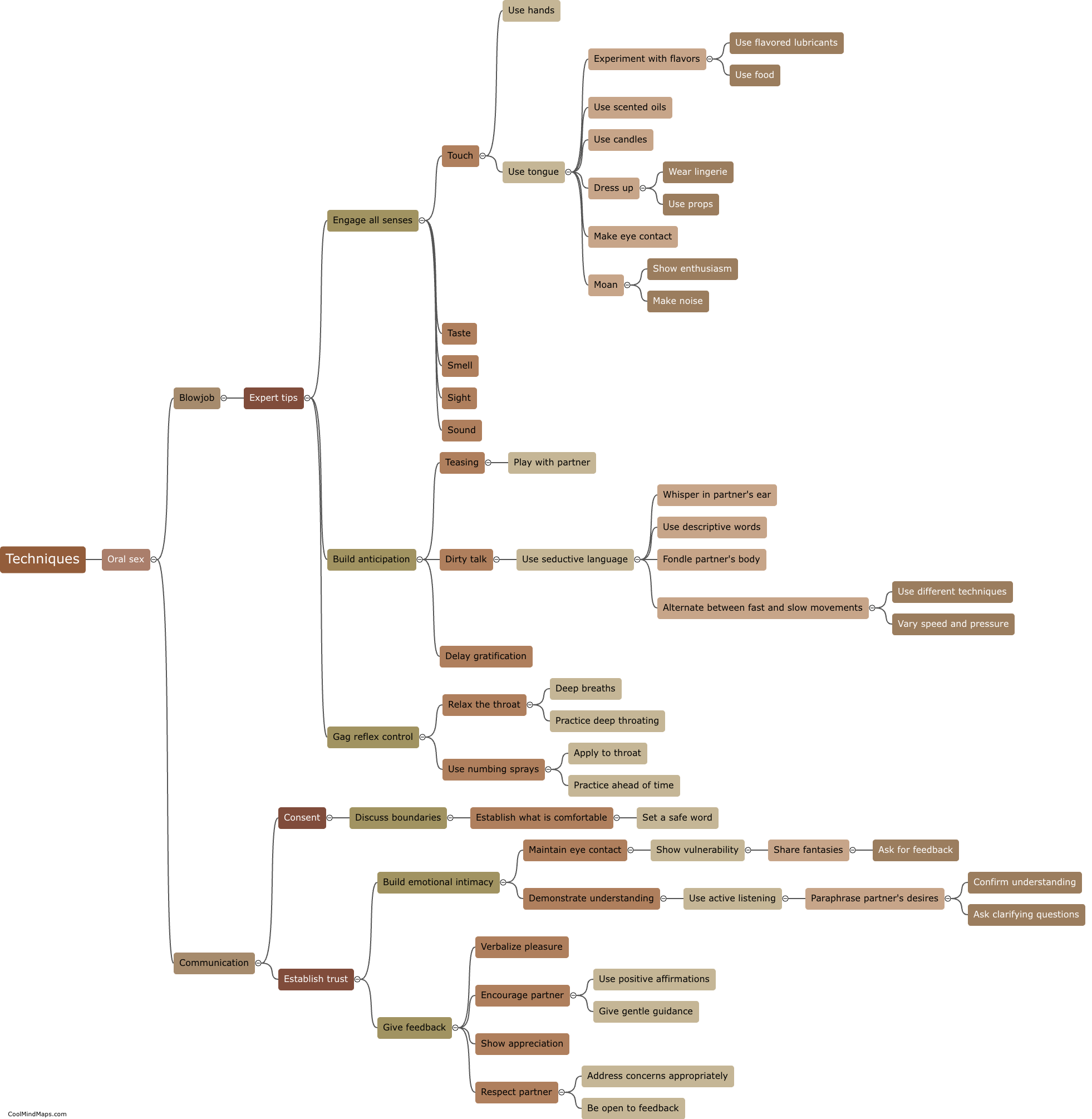Are there any industry-specific factors that contribute to white etching crack formation?
White etching cracks (WECs) are a prevalent and significant problem in various industries, such as automotive, railway, wind turbines, and industrial machinery. Several industry-specific factors contribute to the formation of WECs. In the automotive sector, factors like high dynamic loads, varying operating conditions, and contamination from lubricants or corrosive agents play a crucial role. In railway applications, the combination of high axle loads, vibrations, and track irregularities contribute to WEC formation. Similarly, in wind turbines, the interaction between the rotating components, high loads, and harsh environmental conditions contribute to this phenomenon. Furthermore, in industrial machinery, factors like high speeds, heavy loads, inadequate lubrication, and foreign particle contamination can all contribute to the formation of white etching cracks. Understanding these industry-specific factors is crucial for developing effective strategies for preventing and mitigating WECs in various sectors.

This mind map was published on 6 January 2024 and has been viewed 87 times.

